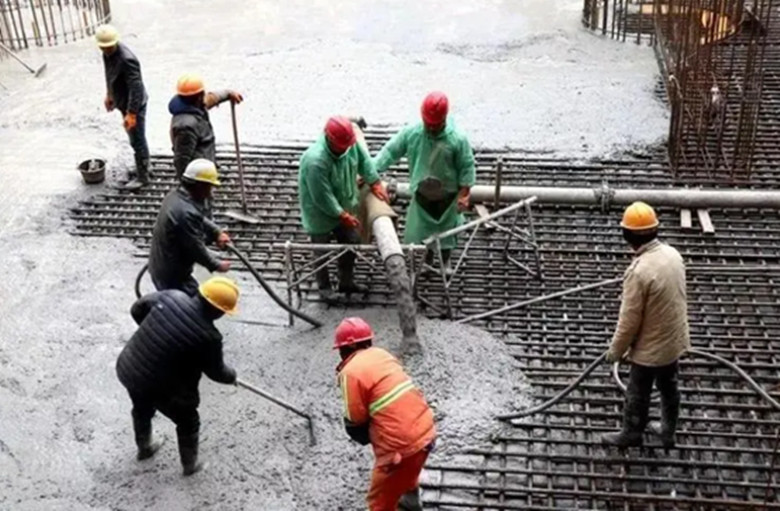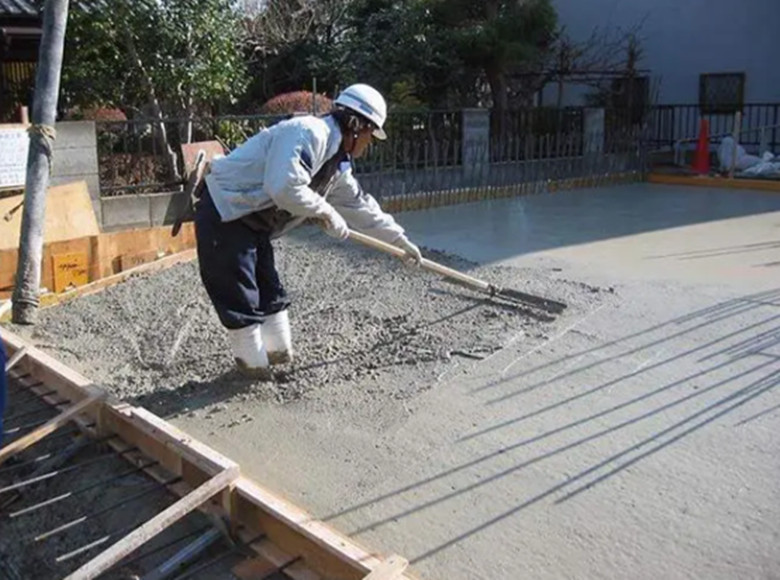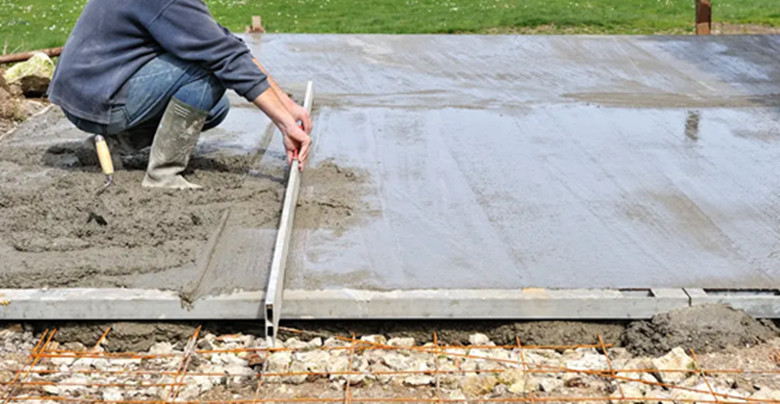How can we help you
System Balance Problem Of Mixture After Concrete Pouring
For concrete with heavier bleeding and segregation, the mixture system is an unstable system. Because of the large water-filled space, the mixing water filled with the water-filled space can’t sustain the weight of the system. Under the effect of its own weight, the spare mixing water is squeezed out until the water-filled space is small enough to sustain the weight of the system. This is a process in which the system transforms from imbalance to balance. But this balance is short-lived.
Bleeding segregation causes large bleeding channels and many weak structures inside the concrete, which destroys the uniformity of the concrete. These bleeding channels and weak structures are difficult to be filled and compacted by hydration products, which easily cause internal stress and destroy the balance of the system.
The high performance concrete mixture is a well-balanced system with good stability. Its water-to-binder ratio is small, no bleeding, no segregation, and good uniformity. The water-filled space is small enough to sustain the weight of the system and maintain the uniformity of the concrete under the effect of its own weight. At this time, the concrete has no internal stress and the system is stable. But after the concrete is poured and formed, if the system loses water and there is a water loss channel, internal stress will take place, causing the system to deviate from the original balance, and the system will become unstable. This is why high performance concrete will come out with early cracking.

Therefore, establishing a stable balance system
for concrete before initial setting is very important to improve the quality of
hardened concrete. For high performance concrete, instant curing can be used to
prevent the loss of mixing water, and the balance of the system can be
maintained.
If the concrete has lost water, no matter how
much water is lost, secondary plastering should be used to completely eliminate
the water loss defect before initial setting. Elimination of water loss
channels also eliminates internal stress. The concrete in the dehydrated part
becomes denser after plastering and pressing, and the water-filled space is
completely filled with mixing water again, and the hydration product can
completely fill and compact the water-filled space, so that the concrete can
achieve high impermeability.
Bleeding concrete is not suitable for
immediate curing because of the existence of bleeding channels. The water
secreted on the surface should be drained in time, and the concrete surface
should be repeatedly pressed before initial setting to seal the bleeding
channel and the water loss channel. For concrete with serious bleeding and
segregation, the interior is full of defects, and it is best to use the
secondary vibration process for this kind of concrete.
Only the secondary vibration before the
initial setting can completely eliminate the defects in the inner depth,
improve the uniformity of the mixture, and make the water-filled space of the
concrete small enough. The defects are eliminated, the internal stress is also
eliminated, and the concrete system before initial setting becomes a stable balance
system.
System Balance Problem During Concrete Hardening
The mixture system balance
before initial setting lays the foundation for establishing the system balance
of hardened concrete. From the initial setting, the concrete enters the
hardening stage. The generation of internal stress at this stage is mainly
caused by the loss of mixing water. Therefore, the loss of mixing water must be
strictly controlled after the secondary vibration and secondary pressing. We
emphasize the need to cover while wiping and pressing, and then water to
moisturize, so that the cover is full of water, that is, to prevent the loss of
mixing water. After the secondary plastering and covering are completed, the
concrete should be poured with sufficient water for curing, or stored for 3-7
days to ensure that the concrete does not lose water during the curing period,
and the overall concrete can achieve high impermeability, thereby eliminating
or reducing the maximum amount of water and decrease the concrete stress. This
creates a stable and balance system for the hardened concrete.

At the end of wet curing, the concrete has achieved high impermeability and entered the service period in a good balance state. The concrete we get, with minimal internal defects and stress, is "crack-free", "zero-defect" hardened concrete with good quality. The main task of the service stage is to try to maintain the system balance of the hardened concrete.
Just as the hardest rock will be weathered, the hardest concrete will be corroded. Hard rock, the environmental medium cannot penetrate into the interior, and can only be slightly weathered on the surface, such a rock is very durable. We also hope that the concrete exposed to the atmosphere can only corrode slightly on the surface. In this way, concrete will also be as durable as hard rock. Obviously, not only should the high impermeability of the concrete be maintained during the service period, but also the compactness of the concrete should be continuously improved, and the impermeability should be continuously improved, so that the balance of the system can be maintained for a long time and the durability can be improved.
Concrete exposed to the atmosphere will still lose its mixing water in the middle and late stages of unfavorable climatic conditions. Although the water loss is not as fast as in the early days, although very slowly, it lasts for a long time and eventually will form a water loss channel. First the surface, then the surface, and then to the depth. The loss of attached water, interlayer water, and crystal water in the middle and late stages will cause greater shrinkage, that is, greater shrinkage stress.

From
the perspective of prolonging the balance period of concrete and improving
durability, after concrete wet curing to achieve high impermeability, the
surface of concrete should be closed to make the surface concrete reach high
density, so that its ability can be improved to resist the interference of
unbalanced factors.
When
designing the mix ratio of concrete, the reaction ability of the cementitious
material in the middle and late period should be fully considered. Concrete
does not lose water in the early period of hardening and in the service period,
and there is sufficient mixing water to provide subsequent reactions, which can
prolong the growth and development period of concrete. The longer the growth
and development period of the concrete, the denser the concrete, the stronger
the impermeability, the higher the balance, the more stable the system and the
better the durability will be reached.
TransGrind is professionally specialized in manufacturing concrete floor diamond tooling for concrete surface preparation, We have much experience and advanced technology to manufacturing and exporting diamond tools and are familiar with the equipment and machinery that is being used today. For more information about diamond tools for concrete surface preparation, please visit our website or consult us directly.